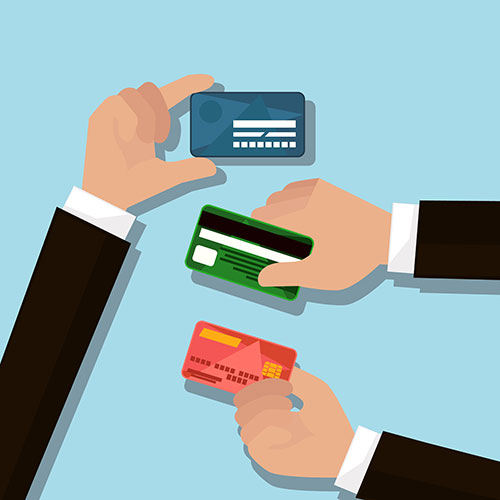Engraved glass awards evoke a steadfast spirit of dedication and excellence. They foster a culture of recognition that transcends ordered borders.
Wheel engraving is shown on a goblet most likely made in the 1700s covered with detailed Chinese-style motifs. These motifs revealed loyalty to the Jacobite reason. This is an impressive example of how imported Oriental items affected European layout trends.
Origins
As glassmaking ended up being a lot more innovative, engravers became aware that a layout added to a piece of glass transformed it from functional into desirable. They explore a selection of damaging, abrading and reducing techniques.
The most competent engravers created great in-depth job. Anna Roemers Visscher, that was a glass cutter and engraver, was renowned for her fragile blossoms, motivated by the nature books popular in her time.
Engravers also carved fine linework into glass. By the end of the 17th century, engravers had begun to abandon direct clearness in favour of crosshatched chiaroscuro impacts. Among the earliest instances is taped on a container by a Rotterdam engraver that authorized his collaborate with a jotted liberty and vigour that raised it over the remainder.
Inscribing remained to be a preferred strategy, although it was significantly overshadowed by cut glass and brand-new strategies such as etching, which was less costly than inscribing. Nonetheless, economic pressures after c1905, along with decreasing top quality of cut glass, saw a rise in the popularity of engraved glass, referred to as rock crystal.
Techniques
Glassmakers used a variety of methods to mark or embellish the surface area of a vessel, commonly incorporating various methods. One technique called stipple engraving, for example, uses a point of tungsten or diamond to make small dots on the glass surface area which develop contrasting white lines when light sparkles via them.
Personalized glass awards are treasured for their beauty and status. They reflect the deep esteem and respect that companies hold for their staff members and cultivate a society of excellence.
The translucency of glass embodies the openness and sincerity of business recognition, encouraging receivers to analyze their success and reflect on their journey in the company. In addition, the ability of engraved glass to display personalized message and images allows for the creation of highly unique and meaningful honors that stimulate the feeling of grandeur connected with this exceptional material.
Designs
From the sleek lines of corporate honors to the engraved text on glass trophies, engraved crystal is an elegant symbol of recognition. Whether presented on someone's desk or kept as a keepsake, these tailored items communicate a sense of status and professionalism and trust that is tough to discover in other materials.
The design of engraved glass has transformed gradually to show changing preferences and technical developments. click here The old technique of copper-wheel inscription has actually resisted predictions of obsolescence, and brand-new methods like etching are taking over where stippling as soon as held sway.
The earliest diamond-point inscription, of the 16th century, is stiff and formal. It progressively ended up being more flexible and pleasing, however could conveniently degenerate into over-elaboration. In the 19th century Thomas Webb & Sons presented "rock crystal" with deep cutting and copper-wheel inscription, which imitated deluxe vessels cut of rock crystal in Europe and the Orient (see Ewer by Webb & Sons). The firm's principal engravers were Bohemian immigrants Frederick Engelbert Kny and William Fritsche, that signed their work with a monogrammed G.
Meaning
Personalized glass was expensive and demanded. This was due to the fact that it included the most requiring glass refining method and depended on the accuracy and effort of a skilled artisan. The highest point of engraving was available in the 17th century and was very much a part of the Baroque and Rococo durations.
During this time around, engraved cups could be used to connect messages of social condition. They would present household crests and political obligations. They might additionally display one's preference for the most recent style and style fads.
Today, engraved glass is still a vital art type. Nonetheless, advancements in modern technology and laser innovation have streamlined the process and made it extra exact. The resulting intricate styles are both stunning and sturdy. Furthermore, brand-new kinds of glass have actually been developed to react better to lasers. This has increased the possibilities for musicians and designers. It likewise decreases the environmental effect of the process. For instance, optical crystal is a superb choice for personalized honors because it is clear and shows light well.
